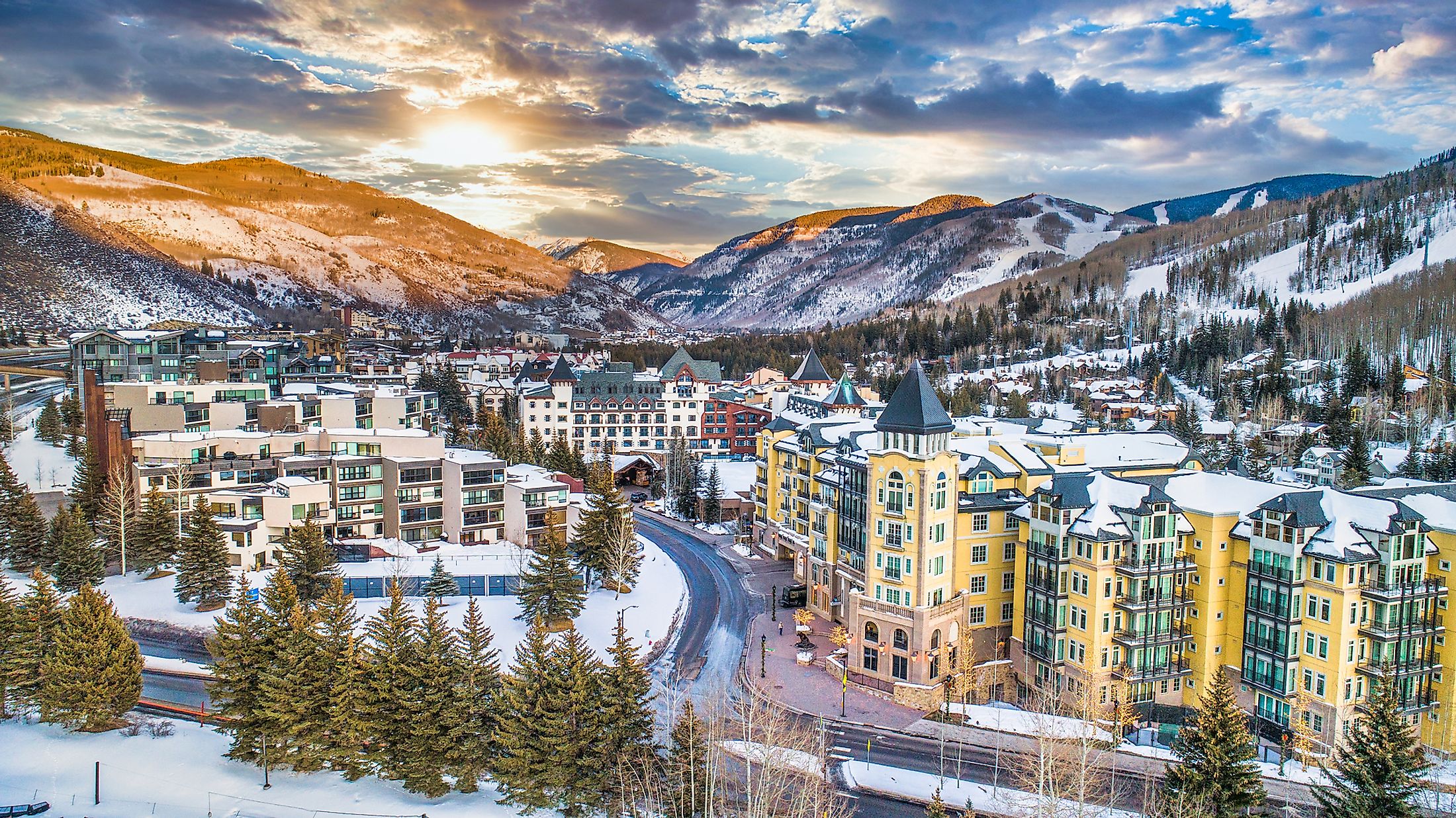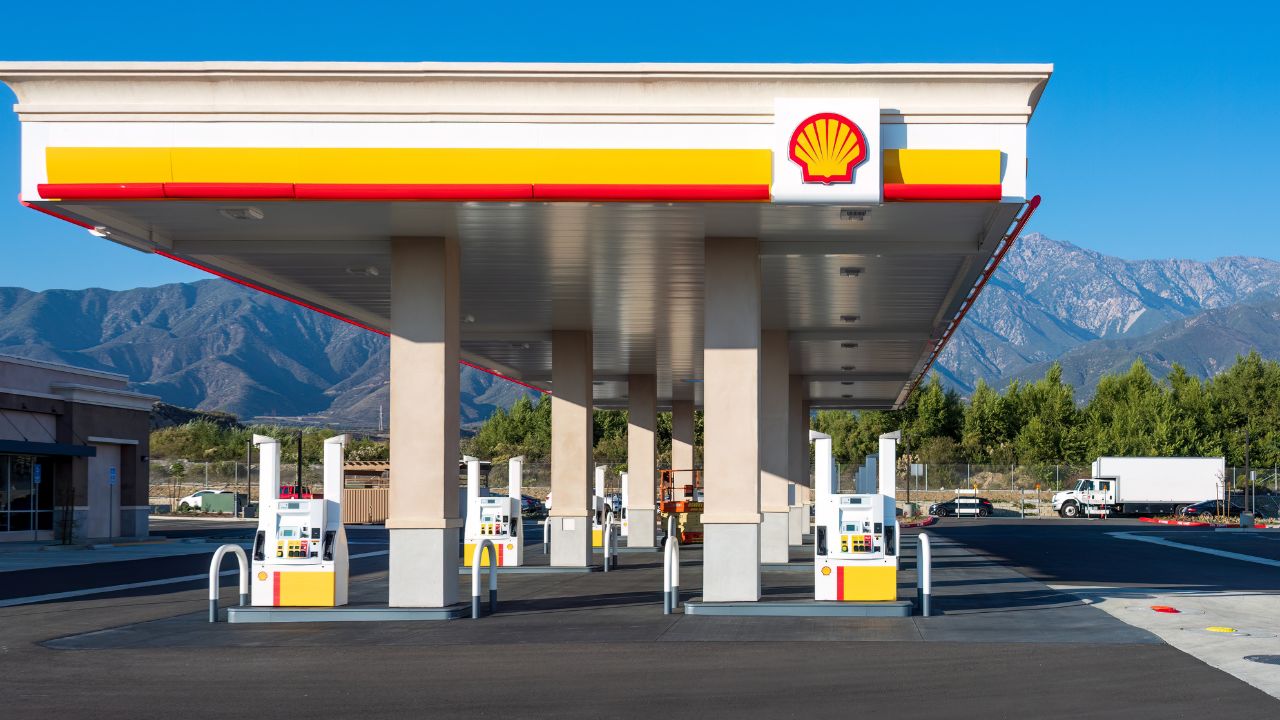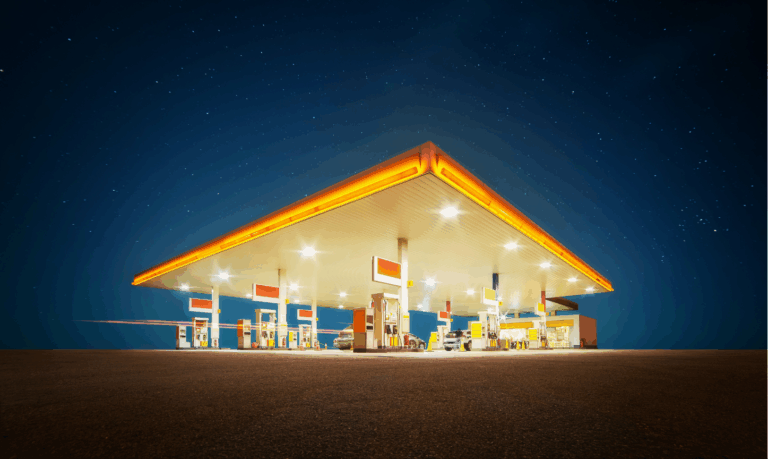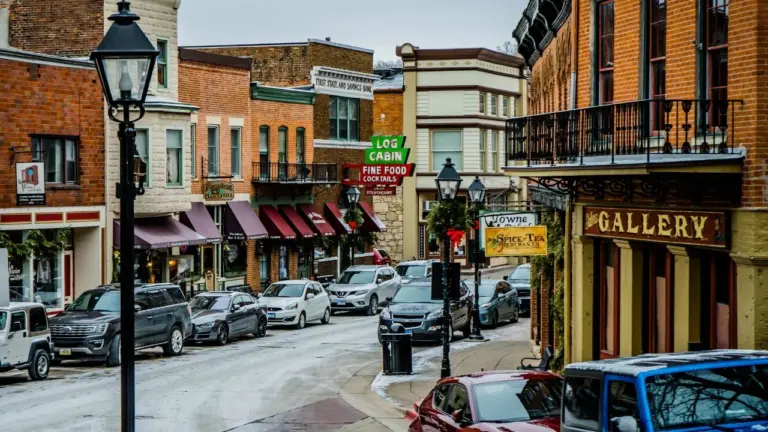15 States With the Most Expensive Gas Prices Right Now
Gas prices can significantly impact household budgets, varying widely across the U.S. due to factors like state taxes, proximity to refineries, and environmental regulations. As of June 30, 2025, the national average for a gallon of regular unleaded gasoline is $3.187, according to AAA. Western states often face higher prices due to stricter fuel standards and logistical challenges, while southern states benefit from lower taxes and abundant refining capacity. Below, we list the 15 states with the highest gas prices, based on the latest available data, and explain why costs are elevated in these regions.
Methodology

This ranking is based on AAA’s daily gas price data as of June 30, 2025, focusing on regular unleaded gasoline prices across all 50 states. We cross-referenced this with insights from the U.S. Energy Information Administration (EIA), Forbes, and LendingTree to understand factors driving price differences, such as state gas taxes, supply chain logistics, and regional demand. Prices are reported per gallon and reflect averages, which may vary within states due to local market conditions. Historical trends and year-over-year changes from sources like Statista and GasBuddy were also considered to provide context.
15 States With the Most Expensive Gas Prices Right Now
1. California

California leads with an average gas price of $4.62 per gallon. High state taxes (approximately 68 cents per gallon) and strict environmental regulations requiring a unique gasoline blend drive costs. Limited external supply sources and high demand in urban areas like Los Angeles and San Francisco further inflate prices.
2. Hawaii

Hawaii’s average gas price is $4.47 per gallon. The state’s remote location necessitates importing most refined oil, increasing costs. Despite a relatively low gas tax, logistical challenges and high cost of living make gas pricey. Prices have dropped from a 2022 peak of $5.50 but remain high.
3. Washington

Washington’s average gas price is $4.41 per gallon, up 1.6% from last year due to the Washington Climate Commitment Act’s gas tax of 49 cents per gallon. Maintenance on the Olympic Pipeline in 2023 also spiked prices, though they’ve eased from $5.00. Urban demand in Seattle contributes.
4. Nevada

Nevada’s gas prices average $3.82 per gallon. High fuel taxes and proximity to California’s costly supply chain elevate prices. Las Vegas’s tourism-driven demand adds pressure, though prices are down from a 2023 high of $5.00.
5. Oregon

Oregon’s average gas price is $4.02 per gallon, with a modest 1.7% drop from 2024. High state taxes (40 cents per gallon) and reliance on the Olympic Pipeline, shared with Washington, keep costs elevated. Portland’s urban market sees higher prices.
6. Alaska

Alaska averages $3.78 per gallon. Despite its oil production, remote locations and limited refining capacity increase costs. The state’s gas tax is low, but transportation logistics drive prices up, especially in rural areas.
7. Arizona

Arizona’s gas prices average $3.51 per gallon, down 15.9% from last year, the largest drop nationwide. High summer demand and reliance on California’s supply chain still keep costs above average, though lower than in 2023.
8. Utah

Utah’s average gas price is $3.54 per gallon. Moderate state taxes and distance from major refineries contribute to higher costs. Urban growth in Salt Lake City increases demand, pushing prices above the national average.
9. Illinois

Illinois averages $3.60 per gallon, driven by high state gas taxes (45 cents per gallon) and Chicago’s dense urban market. Refinery proximity helps, but taxes and demand keep prices elevated.
10. Idaho

Idaho’s gas prices average $3.58 per gallon. Limited refining capacity and reliance on pipelines from neighboring states like Washington contribute. Rural tourism and seasonal demand also play a role.
11. New York

New York averages $3.69 per gallon. High state taxes (48 cents per gallon) and dense urban demand in New York City drive costs. Prices are slightly above the national average but lower than western states.
12. Pennsylvania

Pennsylvania’s gas prices average $3.78 per gallon. A high gas tax (58 cents per gallon, among the nation’s highest) and moderate demand in cities like Philadelphia keep prices elevated.
13. Colorado

Colorado averages $3.45 per gallon. Moderate state taxes and growing urban demand in Denver contribute. Distance from Gulf Coast refineries adds to costs, though prices are lower than in 2023.
14. Montana

Montana’s gas prices average $3.50 per gallon. Low population density increases distribution costs, and reliance on distant refineries pushes prices up. The state’s gas tax is moderate but doesn’t offset logistics.
15. Rhode Island
:max_bytes(150000):strip_icc()/providence-rhode-island_HERO_RHODEISLAND1022-bf8775e609e84e2996e773192772b5e2.jpg)
Rhode Island rounds out the list at $3.49 per gallon. High state taxes (35 cents per gallon) and dense urban demand in Providence keep prices above average. Limited local supply sources also contribute.
Final Thoughts
Gas prices in these 15 states are driven by a mix of high state taxes, strict environmental regulations, and logistical challenges. California and Hawaii consistently top the list due to unique fuel blends and geographic isolation, respectively. Western states dominate due to higher taxes and supply constraints, while northeastern states like New York and Pennsylvania face elevated costs from taxes and urban demand. To save, drivers can shop around for cheaper stations, use apps like GasBuddy, or consider fuel-efficient vehicles. For the latest updates, check AAA or local sources, as prices fluctuate with oil markets and policy changes.







